A quick post today to share with you some information about this wonderful upcoming exhibition that celebrates the launch of The Tudor Child, a sumptuously illustrated book by Jane Huggett & Ninya Mikhaila (edited by Jane Malcolm-Davies) offering a detailed insight into sixteenth century clothing for infants, young children and youths.
Beautifully handmade costumes featuring replica fabrics and trimmings are displayed with the sixteenth and seventeenth century portraits, which provided clues to their construction.
Swaddling infants, boys wearing skirts and young girls in stiffened bodices are some of the challenging ideas discussed in this thought-provoking exhibition.
Visitors are invited to take part in two weeks of tours, talks and interactive events with forums for debate, discussion and hands-on examination of reconstructed garments. This programme of events is hosted at The Weiss Gallery by the Tudor Tailor team.
I would so love to see and participate in this exhibition! Is anyone attending?
For more information, opening times and a calendar of events please visit www.tudortailor.com/exhibition
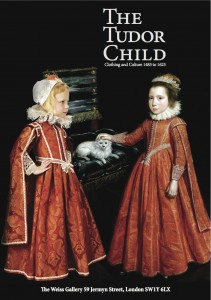


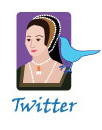




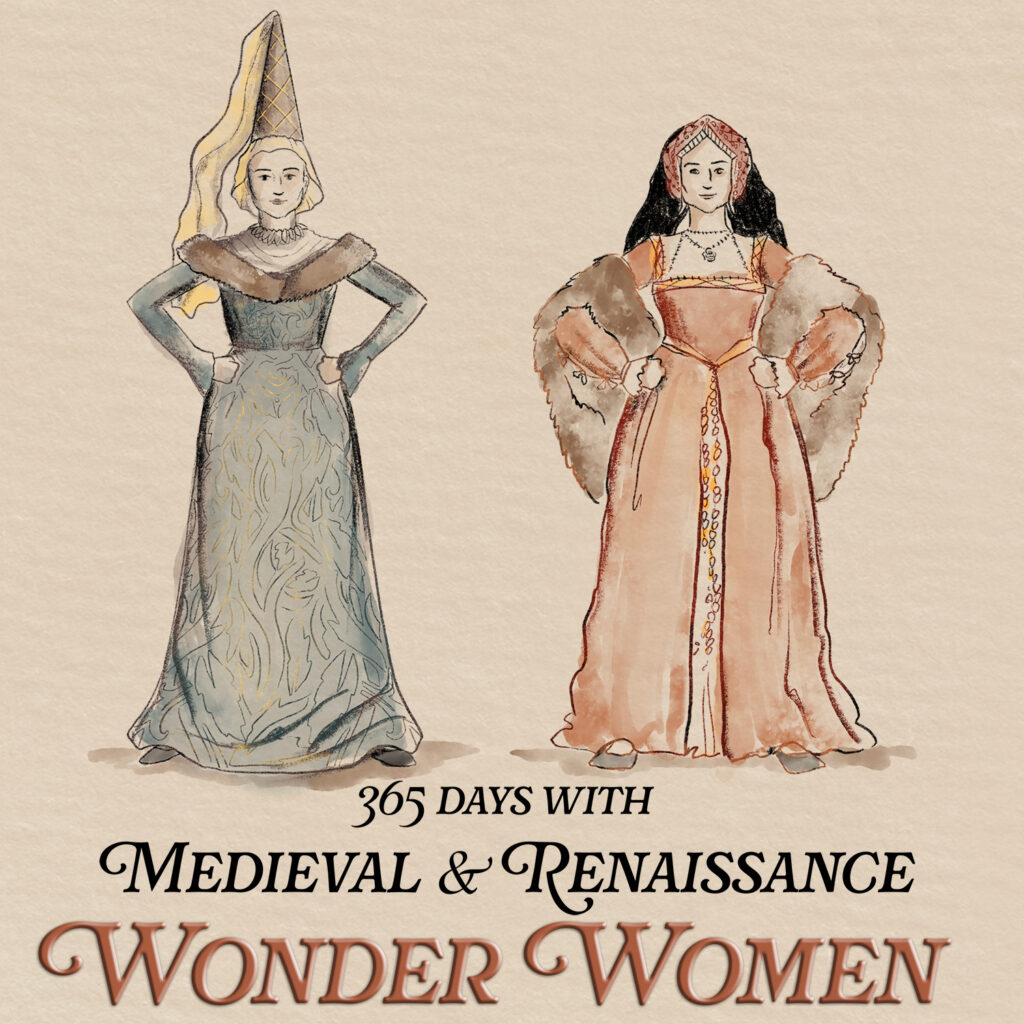

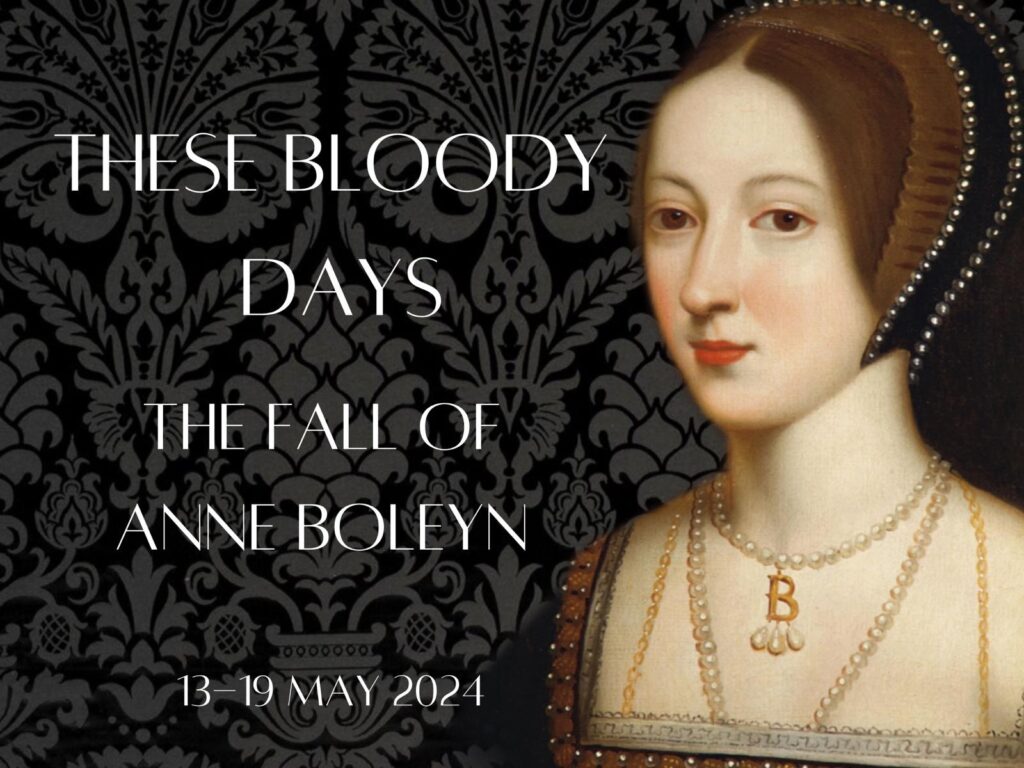
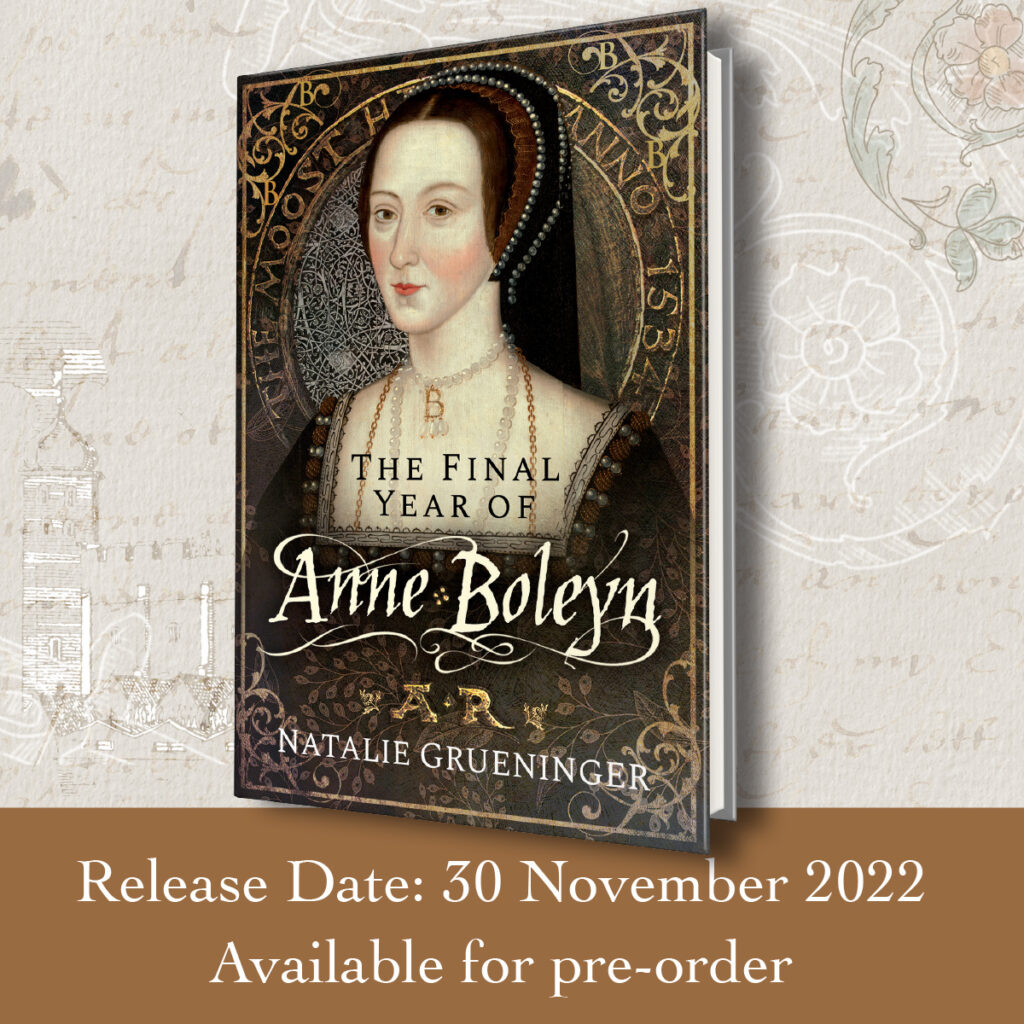
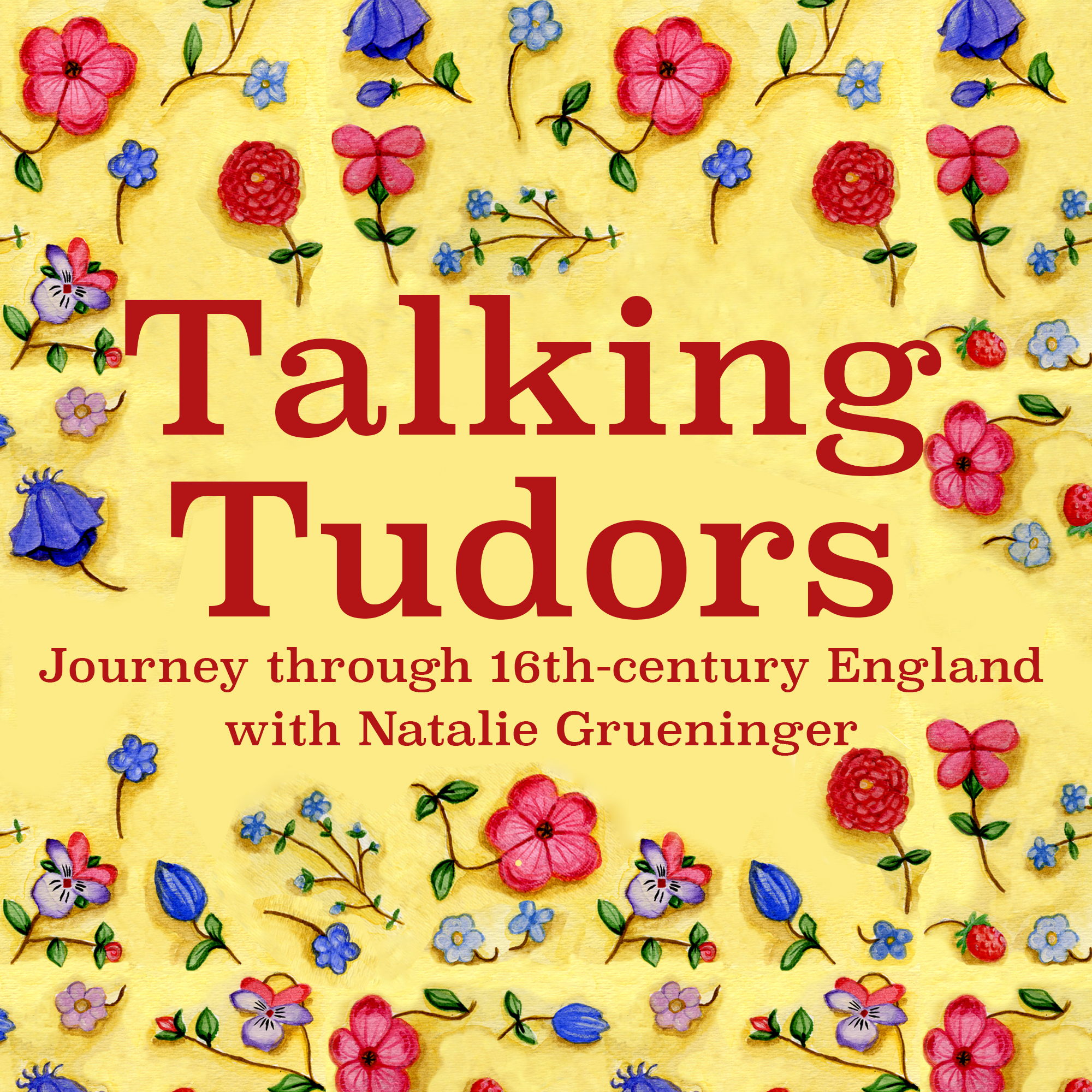


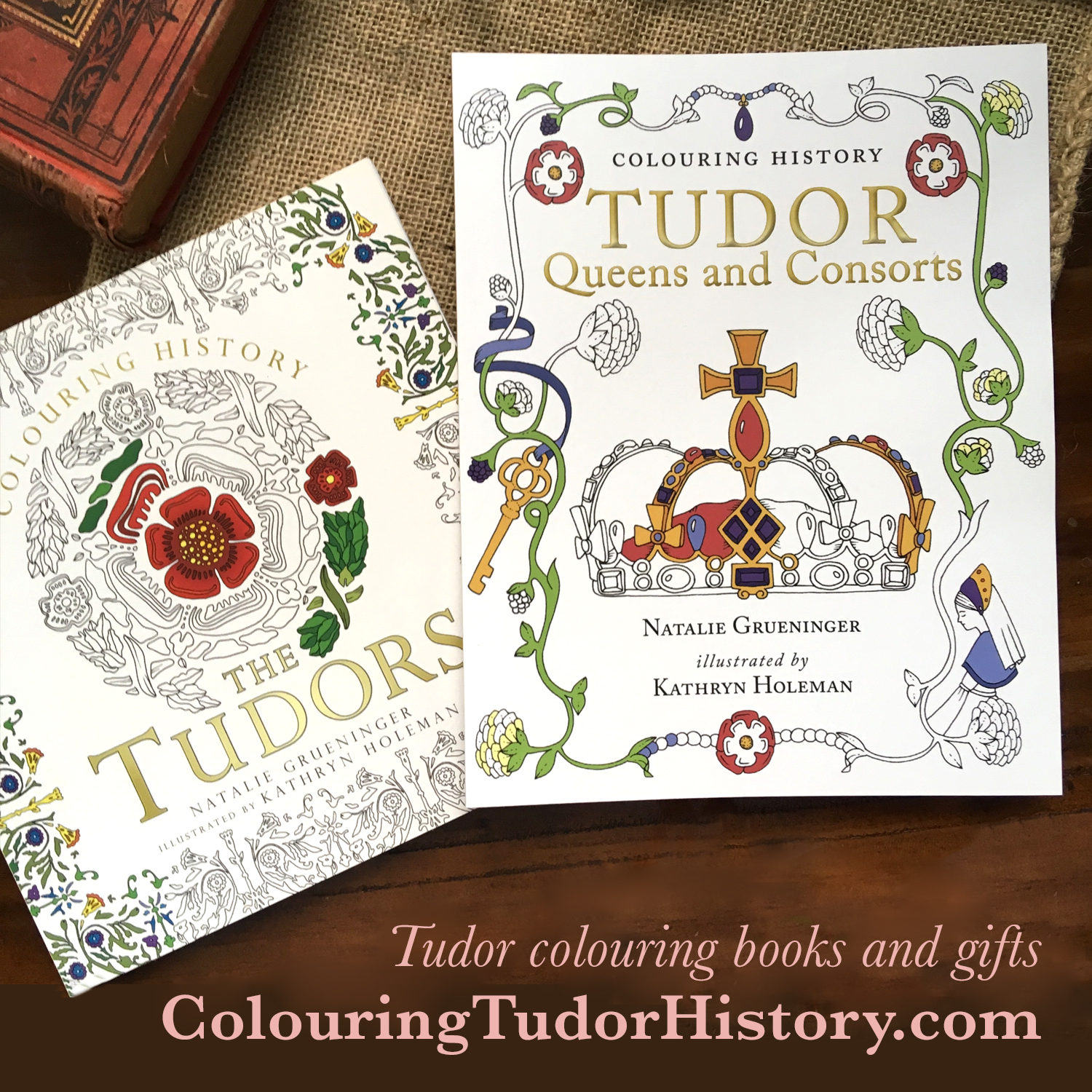



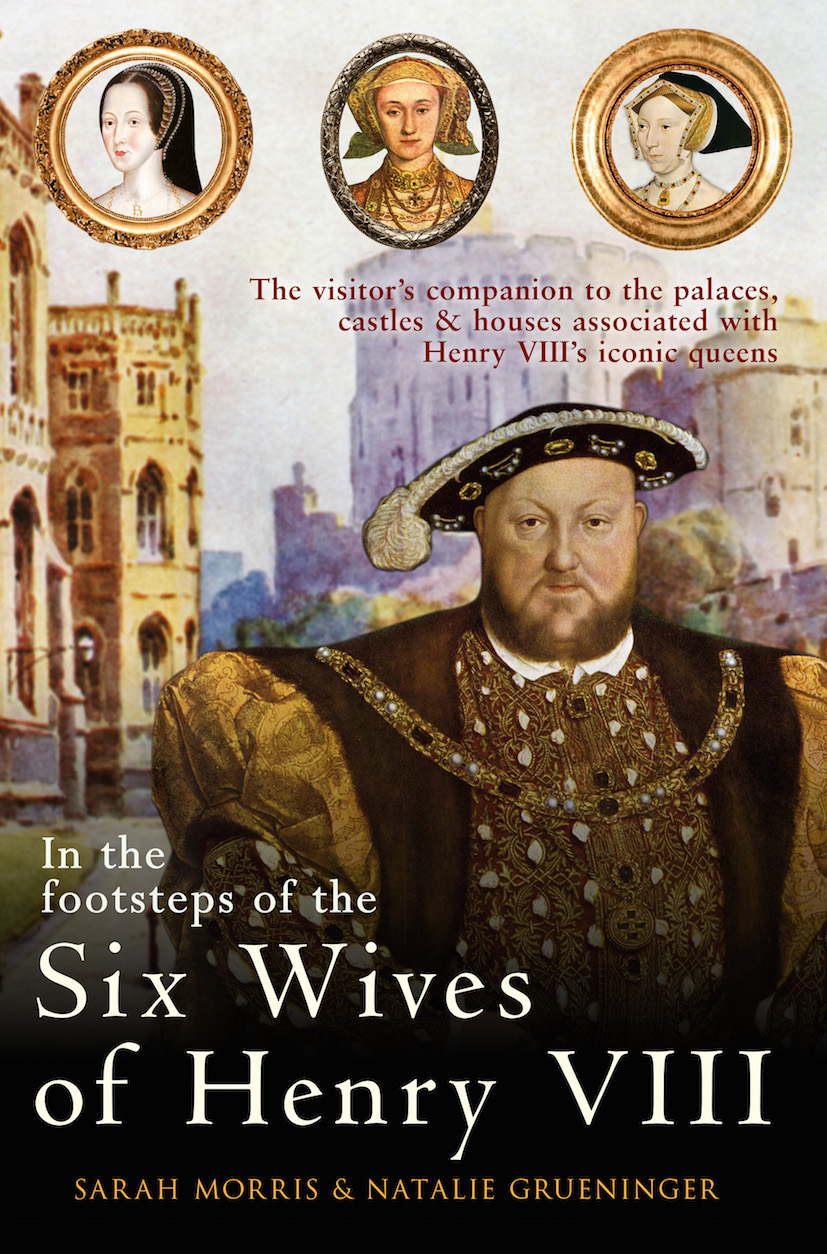
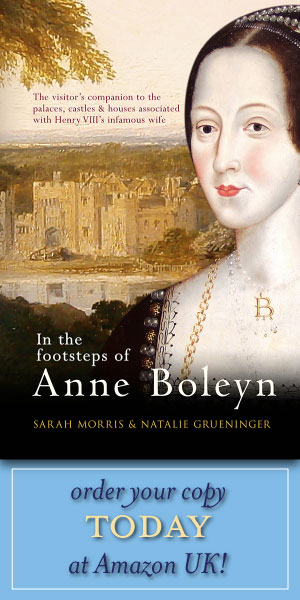


Fascinating post, Natalie. I love seeing examples of clothing from past eras. The children in the picture look like tiny adults. We really only know what the wealthy population wore. I often wonder what the peasants wore. Rags mostly, I assume. I would love to see this exhibit, but I live in Toronto, Canada. We have a shoe museum here. The Bata Shoe Museum displays 4,500 years of footwear, behind glass. There’s a pair of red high heels that belonged to Marilyn Monroe, Bonaparte’s silk socks and John Lennon’s ankle boots from the ’60s to name a few.
Cynthia,
Actually, we know very well what the working class person wore and it was not rags of any kind.
Fabric was relatively expensive but the making of clothing was relatively cheap. However, any clothing was an investment regardless of ones status and therefore was very well looked after.
For the working class person (“peasants” don’t exist in the 16th century in England), we have evidence of what they wore from images in books of hours, woodcuts and some paintings. We also have evidence in written sources such as wills, inventories, tailor’s bills, letters and commentaries by various people through the century (English people and foreigners visiting England). We also have a few extant garments, some of the best being found on Henry VIII’s ship, the Mary Rose.
From the evidence, we can see that clothing for all statuses was well looked after and often bequeathed to relatives and friends on the owner’s death. Where clothing was repaired, it was done with great care. Women and men, were able to make basic garments such as the smock (for women) or shirt (for men) that was the first layer worn and the only undergarments. It was a matter of pride for women to ensure these were well made for themselves and their families and well looked after, being washed regularly (weekly – but they had enough to last a week with DAILY changes!) and kept as white as they could – which was relatively easy with linen.
Garments were practical to ensure warmth and comfort. Layers could be taken off to allow easier movement when working in physical tasks.
Related to this, people did wash and keep themselves clean on a daily basis as well as they environment and clothing and household linen.
This sounds wonderful, it’s a pity I live 650 miles away!! I have the Tudor Tailor book, so I will have to get this one too. The gallery looks a wonderful place too, full of all that Tudor portraiture, heaven.
Those poor wee kiddies all sewn up tight in those stiff, heavy and restrictive garments, they look cute, but I bet the clothes weren’t ‘cute’ to wear. When you watch our young ones playing in their comfy easy care clothes, and the freedom of movement they have, it is no wonder childhood was very short lived then is it…
It will be very interesting to read about though, I love costumes of all eras up to the 1950s.
Thanks for the post Natalie.